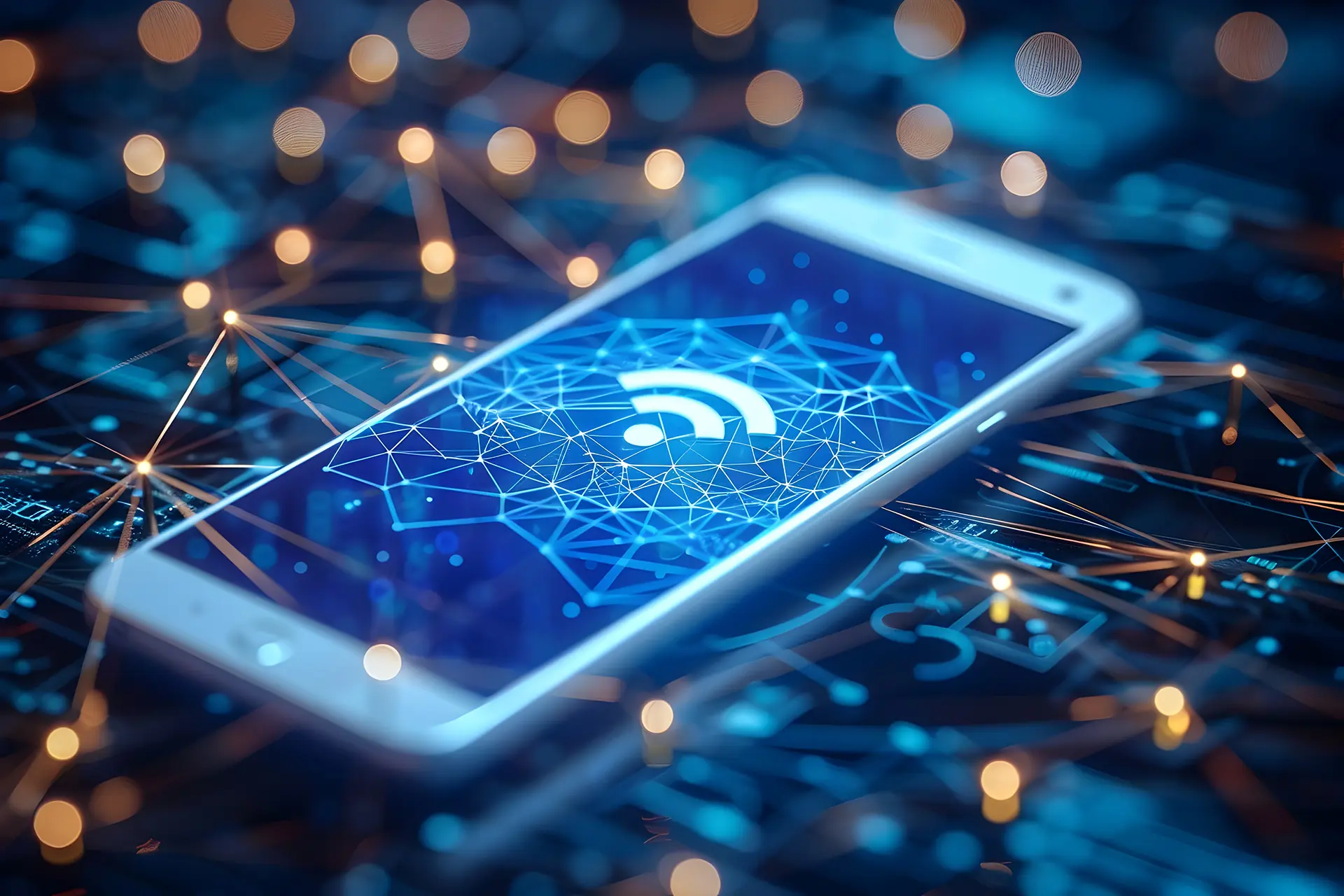Table of contents
- Protecting communications through SMS and call security
- Security of SMS
- Security of calls
- Phone numbers and two-factor authentication
- Protection systems offered by mobile operators
- Protecting personal information
Protecting communications through SMS and call security
The security of SMS and calls is an important issue that requires attention and awareness. Ensuring the security of communications, whether text messages or voice calls, has become an increasingly pressing concern for users worldwide. With the inevitable reliance on mobile phones, ensuring that our communications are protected is essential.
Security of SMS
SMS, or text messages, are one of the most widely used means of communication globally. However, their security is often overlooked. When a text message is sent via SMS, it can be intercepted by malicious actors. This is particularly concerning when it comes to sensitive information such as security codes and one-time passwords (OTPs).
Most people do not know that SMS are not encrypted, which means they can be easily read if intercepted. One method to improve security is the use of end-to-end encryption, which ensures that only the sender and recipient can read the messages. This type of encryption is used by many modern messaging apps but is not common for traditional SMS.
Another concern is the man-in-the-middle attack, a technique where an attacker intercepts and alters communications between two parties. To mitigate this risk, it is important to use two-factor verification and security codes sent via SMS, which offer an additional layer of protection.
Security of calls
Voice calls can also be vulnerable to interceptions and unauthorized eavesdropping. Although most modern telephone networks use some form of encryption, not all calls are completely secure.
End-to-end encryption can also be used for voice calls, but it is not yet widely adopted. Some applications offer this feature, ensuring that calls are protected from interception. However, most traditional phone calls are not encrypted, meaning malicious actors could potentially listen to the conversations.
Phone numbers and two-factor authentication
The phone number is often used as a verification tool for various online services. However, its security can be compromised if adequate protective measures are not adopted. Two-factor authentication (2FA) is a common method to protect online accounts by sending a security code via SMS to the registered phone number. This code must be entered along with the password to access the service.
Although two-factor authentication improves security, it is not foolproof. Attackers can use social engineering techniques to gain control of a user’s phone number and intercept security codes. For this reason, some security experts recommend using dedicated authentication apps that generate OTPs directly on the user’s device, reducing the risk of interception.

Protection systems offered by mobile operators
Many mobile operators recognize the importance of communication security and offer protection systems for SMS and calls.
Example:
Some operators provide secure messaging services that use end-to-end encryption to protect text messages. Others offer encryption solutions for voice calls, ensuring that conversations are protected from interception.
Additionally, many operators collaborate with security software developers to integrate two-factor authentication solutions into their services. This can include sending security codes via SMS or using authentication apps to generate OTPs.
Generally, mobile operators are increasingly proactive in providing these solutions and educating their customers about the importance of communication security. It is always advisable to visit the mobile operators’ websites for more information on security and periodically check for new updates and additional services offered.
Protecting personal information
Protecting personal information is increasingly important and fundamental. Besides using encryption and two-factor authentication, users must be aware of best security practices.
Example:
It is advisable to avoid sharing sensitive information via SMS and to be cautious when accepting calls from unknown numbers. Here are some additional tips for protecting personal information:
- Use secure messaging apps
Applications like WhatsApp, Signal, and Telegram offer end-to-end encryption for text messages and voice calls, making communications more secure than traditional SMS.
- Regularly update device software
Operating system and application updates often include security patches that address known vulnerabilities. Ensuring your device is always up-to-date can prevent many forms of attack.
- Enable screen lock
Using a PIN code, password, or biometric recognition to lock your phone screen can prevent unauthorized access to personal data in case of loss or theft of the device.
- Be cautious with installed apps
Download applications only from trusted sources like Google Play Store or Apple App Store. Check the permissions requested by apps and avoid installing software that requires unnecessary access to personal information.
- Use secure cloud services
Storing personal data on cloud services with encryption can protect information from unauthorized access. Ensure the chosen cloud service offers robust encryption and adequate security practices.
- Avoid public Wi-Fi networks
Public Wi-Fi networks can be easily compromised. If necessary, use a virtual private network (VPN) to encrypt internet connections when accessing sensitive information through unsecured networks.
- Beware of phishing attempts
Phishing attacks can arrive via SMS, email, or phone calls. Do not click on suspicious links and do not provide personal information to unverified sources. Always verify the authenticity of requests through official channels.
Additionally, after completing an important conversation or sending a sensitive message, it is good practice to delete the data from the device. This reduces the risk of information being accessible in case of loss or theft of the phone.
FAQ
- What is end-to-end encryption?
End-to-end encryption is a communication system where only the sender and recipient can read the messages, preventing unauthorized third parties from accessing them. - Why are SMS not secure?
SMS are not secure because they are not encrypted, meaning they can be easily intercepted and read by malicious actors. - How does two-factor authentication work?
Two-factor authentication requires two forms of verification to access an account, typically a password and a security code sent via SMS or generated by an app. - What is a man-in-the-middle attack?
A man-in-the-middle attack occurs when an attacker intercepts and alters communications between two parties without their knowledge. - What are the best practices for protecting voice calls?
Use applications that offer end-to-end encryption for calls and be cautious when accepting calls from unknown numbers. - What should I do if I suspect my phone number is compromised?
Immediately contact your mobile service provider, change all passwords of linked accounts, and monitor for any suspicious activity. - Is it safe to use text messages to send sensitive information?
No, it is better to avoid sending sensitive information via SMS due to the lack of encryption.

